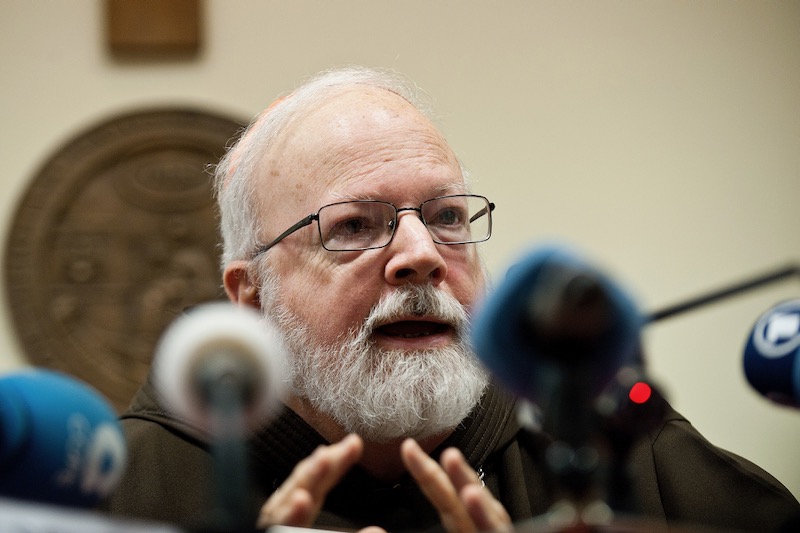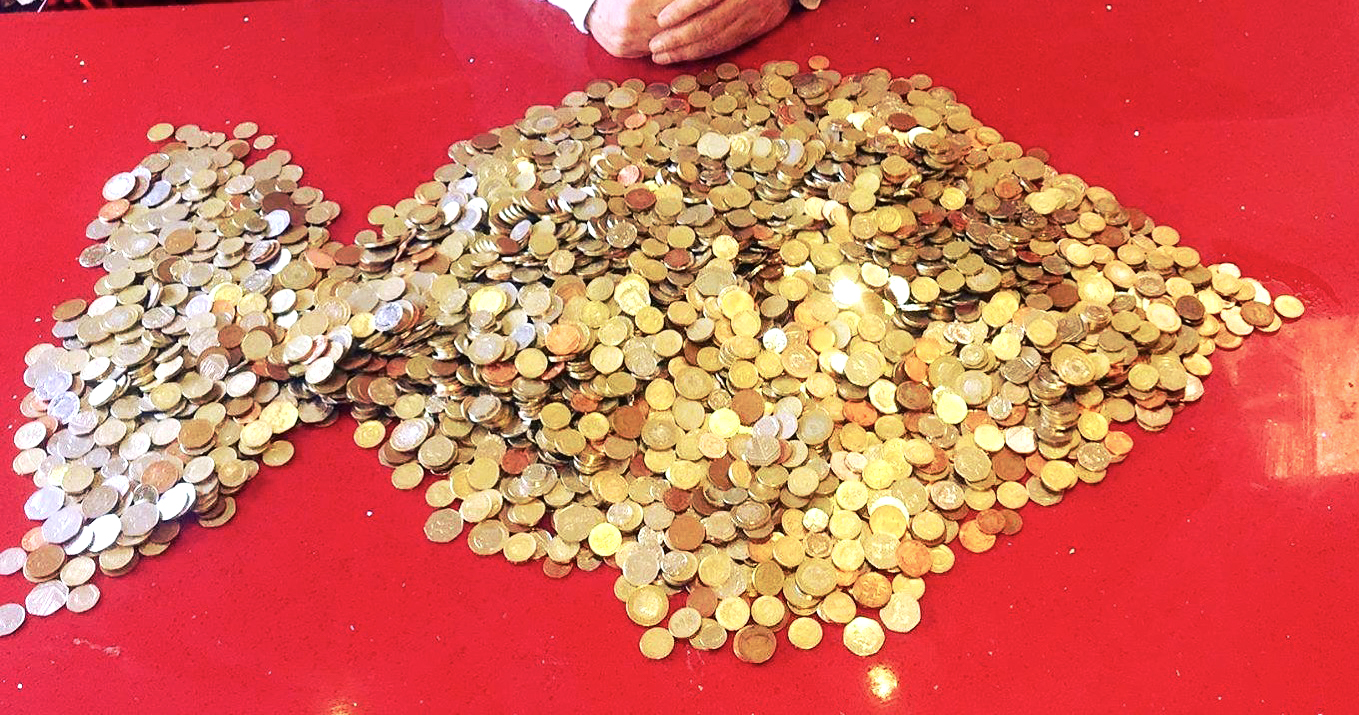Nine of the Irish Catholic Church’s 26 dioceses published their annual accounts on their diocesan websites in 2019, according to a transparency table published by lay reform group, We Are Church Ireland.
Colm Holmes, a spokesperson for We Are Church Ireland (WACI), told the Tablet that three dioceses provide no financial information on their websites or on the Charity Regulator or Commissioners' websites.
He said that while two of the largest dioceses, Dublin, and Down and Connor, are near the top of the table for financial transparency, it was “very disappointing” to see two large dioceses, Armagh and Meath, in the bottom half of the table.
“Most disappointing of all is the fact that three dioceses make no financial information available on their websites or on the Charity Regulator websites – Armagh, Kerry and Killaloe,” he said.
The trend shows a small improvement on 2018 when eight dioceses published their full accounts on their websites.
The Diocese of Ossory topped the table for transparency in 2019, improving its rating for 2018 by publishing its financial procedures on its website. This added five points for financial guidelines and six points for church collection procedures.
Ossory had already scored well in 2018 because it published its annual Accounts, had a search function, gave contact details for its offices and identified the members of its finance committee.
Diocesan annual accounts give a full financial overview with details of income and expenditure and the balance sheet. It is a legal requirement since 2014 to provide annual accounts to the Charity Regulator (Ireland) or the Charity Commissioner (Northern Ireland), or both.
According to Colm Holmes, 65 per cent of Catholic dioceses in the USA include their audited accounts on their websites compared to just 35 per cent of dioceses in Ireland.
The transparency table also highlights that, while lay men and women are increasingly involved on diocesan finance committees, this is not reflected among diocesan trustees.
Only 6 per cent of the 148 trustees of the 26 Irish dioceses are lay people, with clerics making up 94 per cent of the trustees.
Diocesan trustees represent the shareholders: the people of the diocese. In five dioceses the bishop is the sole trustee. In most dioceses it is the bishop plus a number of clerics. In Killala, the bishop and 39 priests constitute the diocese’s 40 trustees.
According to Colm Holmes of WACI there is no specific qualification for the role of a trustee, which is voluntary.



 Loading ...
Loading ...